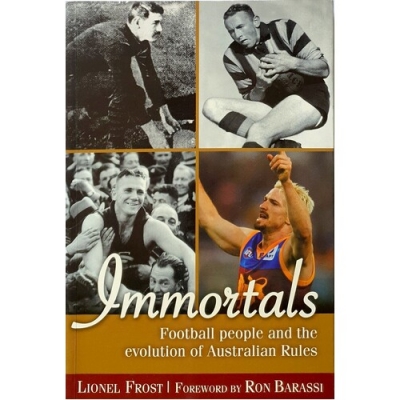Sport
Boycott: The story behind Australia’s controversial involvement in the 1980 Moscow Olympics by Lisa Forrest
by Brian Stoddart •
The Master by Sean Fagan and Dally Messenger III & The Ballad of Les Darcy by Peter FiztSimons
by Braham Dabscheck •
By the Balls: Memoir of a football tragic by Les Murray
by Jay Daniel Thompson •
Immortals by Lionel Frost & Keeping the Faith by Steve Strevens
by Brian Matthews •
Game For Anything by Gideon Haigh & The Best Australian Sports Writing 2004 edited by Garrie Hutchinson
by Rod Beecham •
A Game of Our Own: The origins of Australian football by Geoffrey Blainey
by Brent Crosswell •
Ladies Who Lunge: Celebrating difficult women by Tara Brabazon
by Natalya Lusty •










